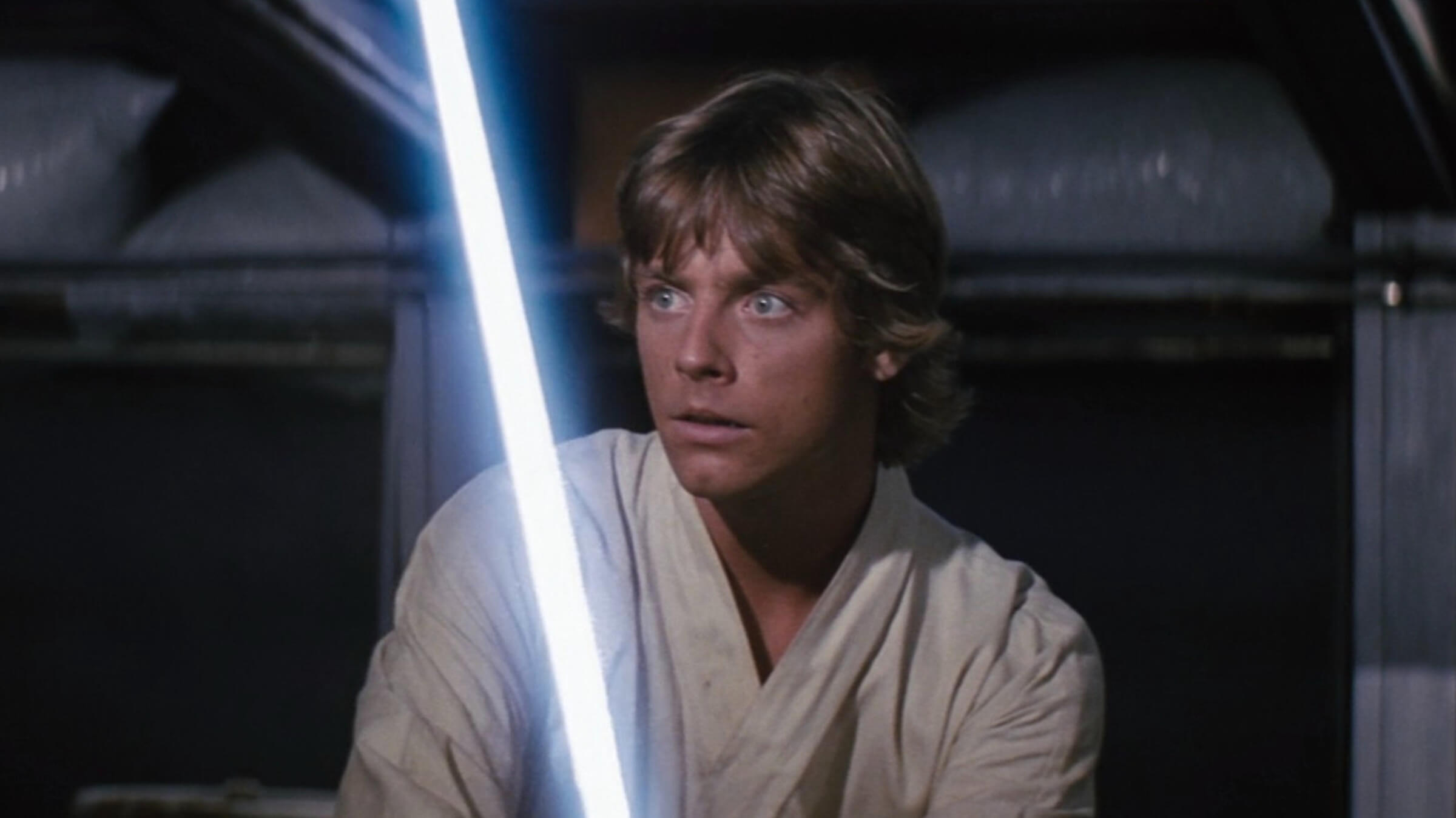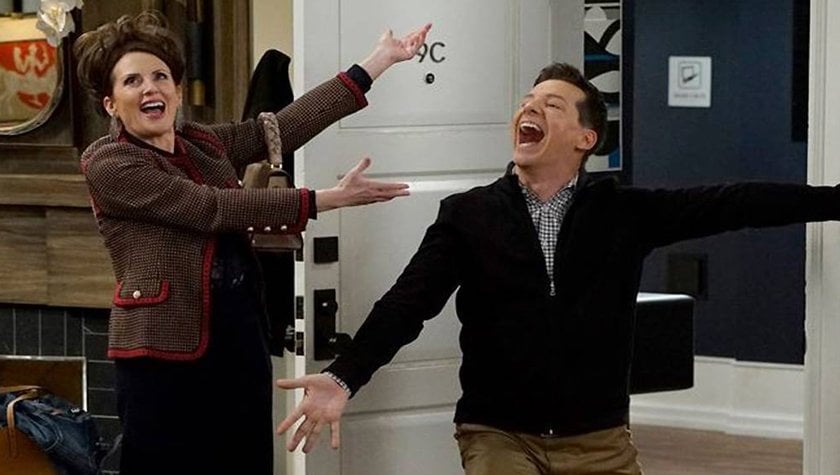FYC: 3 Common Story Problems in Beginner Pilots
September 17, 2020
With online writing classes and screenwriting books available at the click of a button (and a lifetime of TV watching under our belts) it’s no wonder that writing for television feels more accessible than ever.
Add to that cable and streaming platforms have allowed “hour-long” shows to cross the 60-minute mark (Pose, Succession) and enabled dramas and thrillers to join the ranks of the half-hours (Homecoming, Light as a Feather).
A beginner writer could easily get the idea that now more than ever, anything goes when it comes to writing a TV pilot. But even if you’ve got an amazing idea, stellar dialogue, and interesting scenes wrapped up in a 21, 30, 45 or 60-page script, that doesn’t mean you’ve got a TV pilot on your hands.
Why not? Let’s dig in: Here are three major story problems that readers encounter in pilot scripts written by writers new to the form, along with tips on how to address them.
- The problem: it’s not a TV pilot, it’s a short film
Pilots need a beginning, middle and end, so accidentally writing a short film instead of the first episode of a TV series is an understandable mistake for a new writer. You’ve got a great idea, a great character, and a great story, but you wrap it up too much. The arc for your character is relatively complete when your script is done. The protagonist has achieved their goal, and there’s not much more to explore.
What’s missing? The series engine.
A clear series engine will set up that even though a pilot has ended and the episode goal has been completed, there’s still more story to tell because the larger arc of what the protagonist needs to accomplish remains unfinished.
A “day in the life” series engine may be the winding up of your protagonist’s flaws so we can see what will get them into trouble week after week. Even if they “learn a lesson,” they’ve got a long way to go and a lot of trouble to get into before they really figure their life out.
And a series engine that kicks off the “first day of the rest of your life” will often give the protagonist a clear arc or goal that is just getting started by the end of the pilot. In Will & Grace, the protagonists struggle with the main flaw of their friendship (codependency) for seasons. In Breaking Bad, Walter’s just cracking into his antihero journey by the end of the pilot.
Whatever the engine is, it will take us a whole series to explore and wrap it up. It’s a question that will drive the show — and drive the audience back to watch the show — week after week.
The fix: figure out your protagonist’s journey
So how do you give your pilot a fitting ending without wrapping it up too much and turning it into a short film?
The simplest explanation is to figure out what your protagonist’s journey is going to be. Why are we coming back week after week? Why do we know there’s more to explore here? Seinfeld was a show about nothing, but the series engine of terrible people being terrible in their friendships, work, and dating lives gave us tons to explore through these characters’ points of view. How I Met Your Mother was more obvious with its engine, and the show was clearly not over until it revealed how he met his wife.
Here are some examples of questions you can ask to figure out your series engine: What are the ongoing relationship dynamics at the core of your series? What flaw does your protagonist have that will regularly get them into trouble? What does your protagonist want more than anything and will spend seasons trying to get? What thematic questions does your show ask?
Use the answers to these questions to brainstorm 100 episode ideas that would come after your pilot. They can be one-sentence ideas, even one-word ideas, but push yourself to come up with 100. The first 50 may lean toward being cliché (ideas that could be seen on any TV show) but the next 50 will really push you to think about what’s unique about your show and your characters. Overall, the themes and ideas you return to will reveal what’s at the heart of your series engine.
And if you’re still stuck? Study other pilots. Write down the goals in the episode, internal and external. Then write down which goals were wrapped up at the end of the pilot and which journeys/issues were just beginning. You can also try watching a pilot and a series finale to see if you can track what question the series asks and answers by the end of its run.
- The problem: it’s not the first episode of a series, it’s two-thirds of the first episode
It’s very possible that in an effort to avoid wrapping up your pilot too much, you’ve ended up with a pilot that’s not wrapped up enough. Even if you have a series engine and you’ve hit the right page count, it’s still an unfinished pilot if you haven’t written a final act that both wraps up your pilot goal while setting up the series.
The fix: Clarify the difference between your pilot and series goals
How can you tell this is an issue with your script? Try writing down the pilot goal for your show and the series goal for your show. The series goal does not need to and should not be wrapped up by the end of your pilot, but the pilot goal does need to be resolved by the end.
By clarifying and reminding yourself of the difference between your pilot and series goals, you’ll help make sure your pilot ends by wrapping up one and setting up the other. A great resource for how to do this is storytelling guru Jen Grisanti’s TV writing tele-seminars.
And if you’re still stuck, watch more TV pilots. Notice especially in the last act what goals are resolved and what goals or elements are just beginning.
The problem: there’s no point of view
You’ve got a pilot that wraps up a pilot goal and kicks off your series with a clear engine, but something’s still missing. It feels more like a series of scenes than a show. This could be because there is no point of view.
An interesting premise and a compelling goal for your protagonist are strong starting points for a pilot, but they’re not enough. To have a strong pilot, you still need a strong emotional point of view and arc for your protagonist.
How do you know it’s a problem? If your series engine is solely focused on achieving an external goal with no elements of an internal journey, your pilot may need some work in this department.
The fix: give your protagonist a stronger want
The stronger your character’s internal want or emotional needs are, the more gas you’ll have for your series engine to propel your show for multiple episodes and seasons.
John Rogers (creator of Leverage) has posited his three main rules of storytelling can be summarized in these questions: Who wants what? Why can’t they have it? And why do we care?
Clarify an internal want for your character. Raise the stakes. Complicate the obstacles. And give us a reason to care. The more we care about your protagonist’s emotional journey, the more invested we’ll be in seeing them reach their external goals and the more likely it is we’ll stick around for seasons to come.
And again if you’re still stuck, watch more pilots! Write down the wants and obstacles of every protagonist. Note how those wants evolve over the pilot and how they kick off the series. At the end of the day, nothing beats a string of pilots in your queue and a notebook on hand to track patterns and new revelations.
To wrap up, I’d argue there’s always room to stretch the guidelines mentioned above. If we don’t allow for that, we’ll never get to see some really fabulous creations on the other side of wild experimenting. But for now, if your script struggles with one of the aforementioned issues, it’s highly likely you’ll get notes on it by readers in comps, execs and managers. So take the time now to learn how to wrap up a pilot script, set up a series, and hook us into your characters’ wants so we worry about their obstacles, because that is the heart of telling — and selling — a good story for TV.
Written by: Liz Thompson
Liz Thompson is a screenwriter, playwright, and development consultant, and has sold shows to CBS (sitcom) and NBC (procedural). She teaches strategy-based development classes for new and established writers, runs The Writer’s ARC group on Facebook, and crafts immersive puzzle hunts and books in her spare time. You can find more on Liz at www.HowToLiz.com.- Topics:
- Discussing TV & Film




